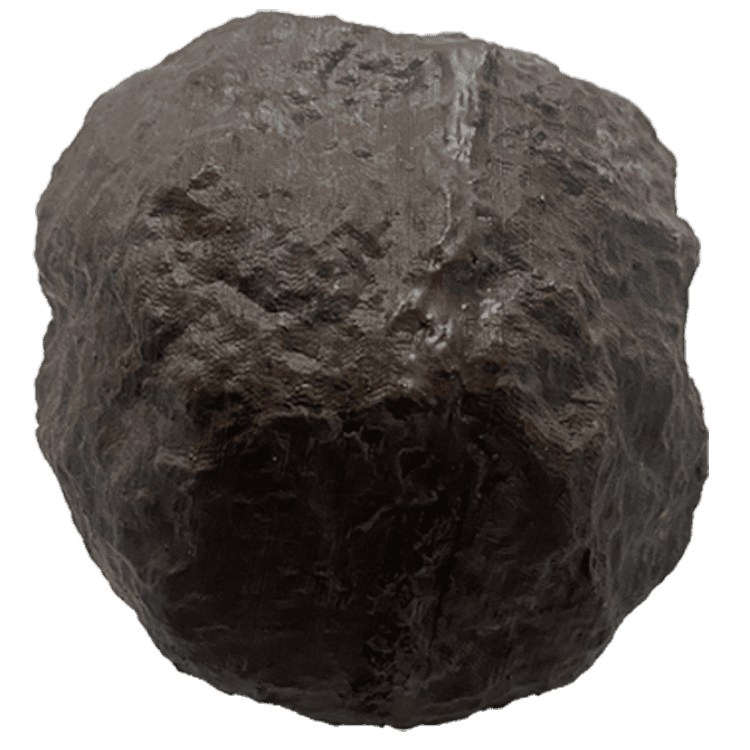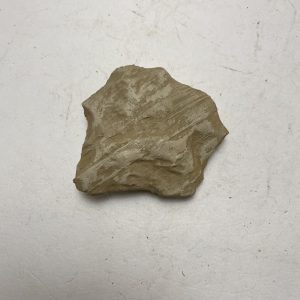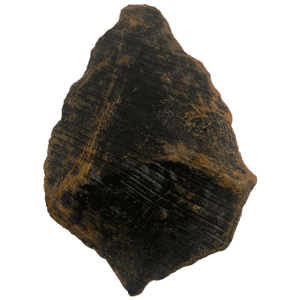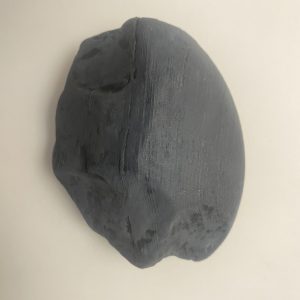Description
The model faithfully replicates the original tool’s composition, typically made from hard, durable raw materials such as basalt, quartzite, or other dense lithic materials. The manufacturing process is meticulously detailed, showcasing the natural shaping or intentional modification of the core hammer stone to optimize its suitability for lithic reduction.
The model accurately captures the characteristic morphology of Olduwan core hammer stones, featuring a dense and weighty form suitable for delivering percussive blows. The tool’s form is designed for power and precision, enabling it to serve as a hammer for striking cores during the knapping process. The model may incorporate realistic use-wear patterns, replicating the distinctive traces left by repeated use in percussive activities. This includes areas of impact and wear indicative of lithic reduction. Wear patterns provide insights into the specific tasks performed with the core hammer stone and the materials it was used to shape. Attention to ergonomic considerations in the model reflects the core hammer stone’s comfortable grip and balance, optimizing its utility for controlled and effective percussive actions. The model emphasizes the functionality of the core hammer stone, illustrating its role in lithic reduction processes. It was a versatile tool employed in conjunction with other implements to shape and refine lithic materials. The weight distribution and shaping of the hammer stone are designed for delivering forceful blows while minimizing the risk of fractures during use. Information about the geographical and temporal context of the original core hammer stone’s discovery is incorporated into the model, providing educational insights into the distribution and cultural significance of Olduwan tools for lithic reduction. The core hammer stone model serves as an essential educational tool for archaeologists, anthropologists, and enthusiasts interested in lithic technology and the practical applications of hammer stones by early hominins. It contributes to a deeper understanding of the Olduwan lithic tradition and the technological innovations of early humans during the Lower Palaeolithic.
Researchers can utilize the model for studies on lithic technology, raw material sourcing, and cultural behaviour, offering a tangible representation for experimental archaeology and comparative analyses. Constructed from durable, museum-quality materials, the model ensures longevity and authenticity, making it suitable for exhibition in educational settings, museums, and research institutions.
The Lower Palaeolithic core hammer stone model’s accurate representation offers valuable insights into the technological and cultural practices of early hominins. Its meticulous design and scientific accuracy make it an essential tool for education, research, and as a visual representation of the versatile tools used during the Lower Palaeolithic.






Reviews
There are no reviews yet.